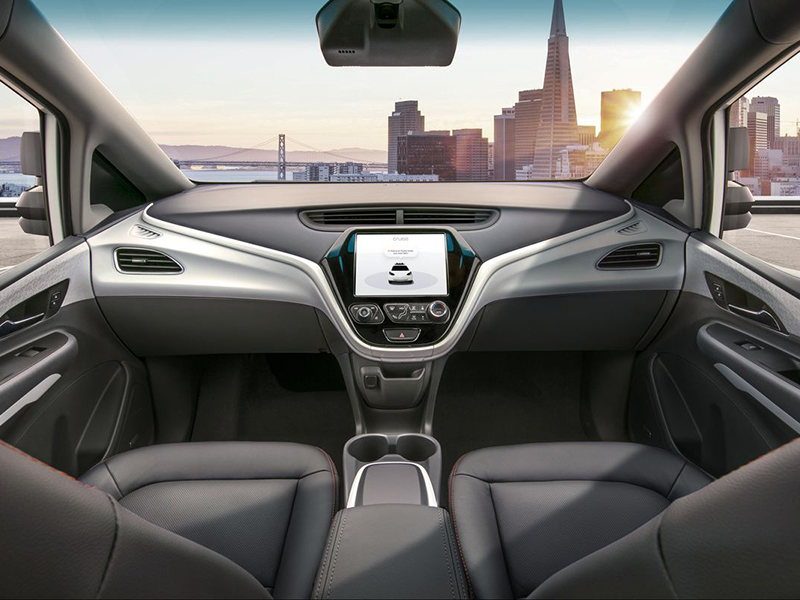- Erkhi complex, Ulaanbaatar
- (976) 7711-1850
- contact@finsbrokers.mn

The driverless car subject may seem as one of the most recent topics in our
lifetime,
the impact of this impending change to our lives is substantial.
Lately the number of projects which aim to manufacture driverless vehicles are
increasing and sectors that are exposed under this challenge such as traditional
vehicle
makers, insurance industry and regulatory authorities are discussing and preparing
to
adjust before driverless vehicles become reality on the road at mass level.
History tells us that in 1886, after the first car was on western countries’ road,
we
had to get off our horses and make a way for auto vehicles and keep pace with the
world
development. Only 35 years after since the very first car was on the road, the first
traffic accident took place in capital city of Mongolia in 1921.
Likewise to above historic example, a time will come when we will have to invest to
infrastructure and get advanced technology used in our country. This is only matter
of
time and unless we make this change, gradually we will be short of current
technology
vehicles (old models) to import.
Whilst it is possible to build our own facilities to manufacture current technology
vehicles, is it really necessary to stay behind?
DRIVERLESS VEHICLES WILL BE ON UK ROADS IN 2021.
We have been using following types of vehicles:
By the end of 2018, pure electric cars comprise 0.02% of total vehicles in Mongolia,
and
with Government support (tax discount, no traffic restricted day, right to drive on
1st
lane) the number tends to rise.
Along with modern technology advancement, we begun using more pure (environmentally
friendly) and high technology vehicles and it leads us to the question: “Will
driverless
vehicles will be 4th on above list?”
WHAT TECHNOLOGY DO DRIVERLESS CARS USE?
Comprehensive computer system combining radar, various sensors, ultrasonic sensor,
lidar, GPS etc.
With above systems, driverless vehicles would be able to connecting to
infrastructure
facilities (road, bridges, buildings) not only connecting to each other and exchange
information so that it can determine traffic load, choose free roads and shortest
routes, calculate time to reach destination and measure distance to outside
objects.
CHALLENGES AND OPPORTUNTIES TO INSURERS
When driverless vehicles become reality on the road, what challenges would insurance
industry face?
Insurance premium decrease
According to Kennedy’s law firm, one British insurance company anticipated its motor
premium is to be decreased by 60%. By eliminating human error and using technical
calculation, traffic accident frequency will be greatly decreased and it would lay
foundation for lower insurance premium.
Big data
Driverless vehicle usage will enable insurers to accumulate substantial amount of
data
(such as vehicle usage level, in which city, on road and what time it is mostly
used,
number of accidents etc) which is sufficient to set insurance premium with high
accuracy.
Product liability
When adopted at the full scale, driver’s third party liability insurance becomes
obsolete as drivers would no longer be sitting behind steering wheels and instead
product liability issues become concern. How will it be like for a country in which
most
of its vehicles do not directly purchased from manufacturers?
HOW FAST WE IMPORT VEHICLE TECHNOLOGY?
Hybrid vehicle might seem like a distant subject in 1990 but starting from 1997
Toyota
started mass manufacturing of Prius model and it was imported to Mongolia within 10
years.
How fast may driverless vehicles become reality?
To look back, we import new technology vehicles within 10 years. In case of
driverless
vehicles, it is likely that it may take up to 20 years delay mostly due to
infrastructure problems.
However it will bring obvious challenge to insurance industry when driverless
vehicles
are on our road.
How impending technology change is reflected to your company’s future plan?